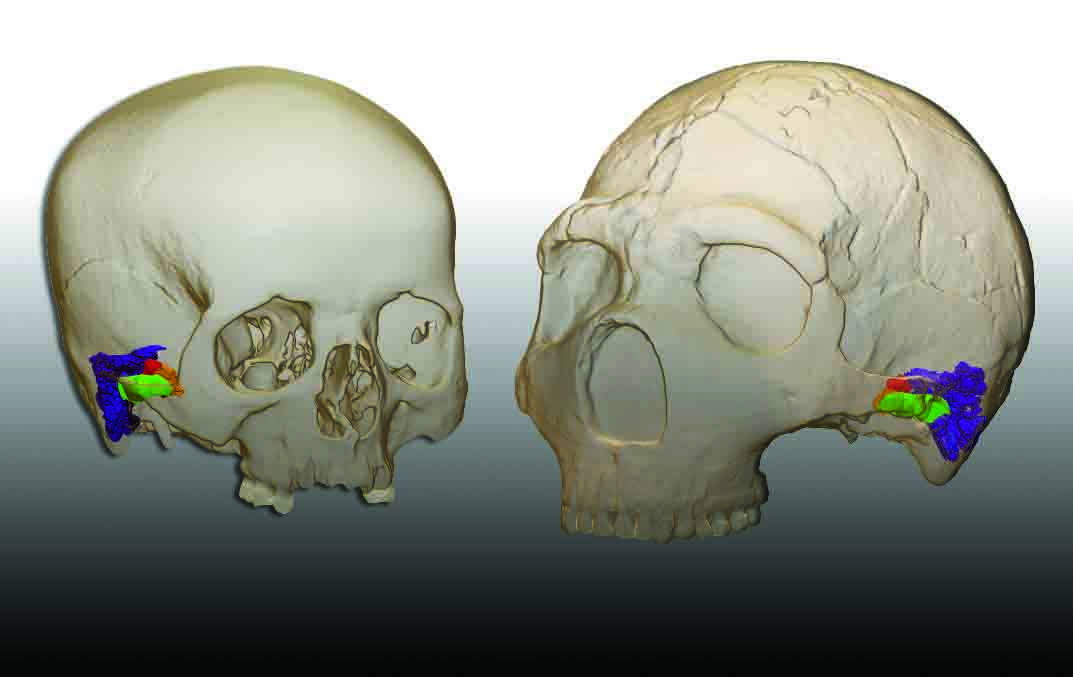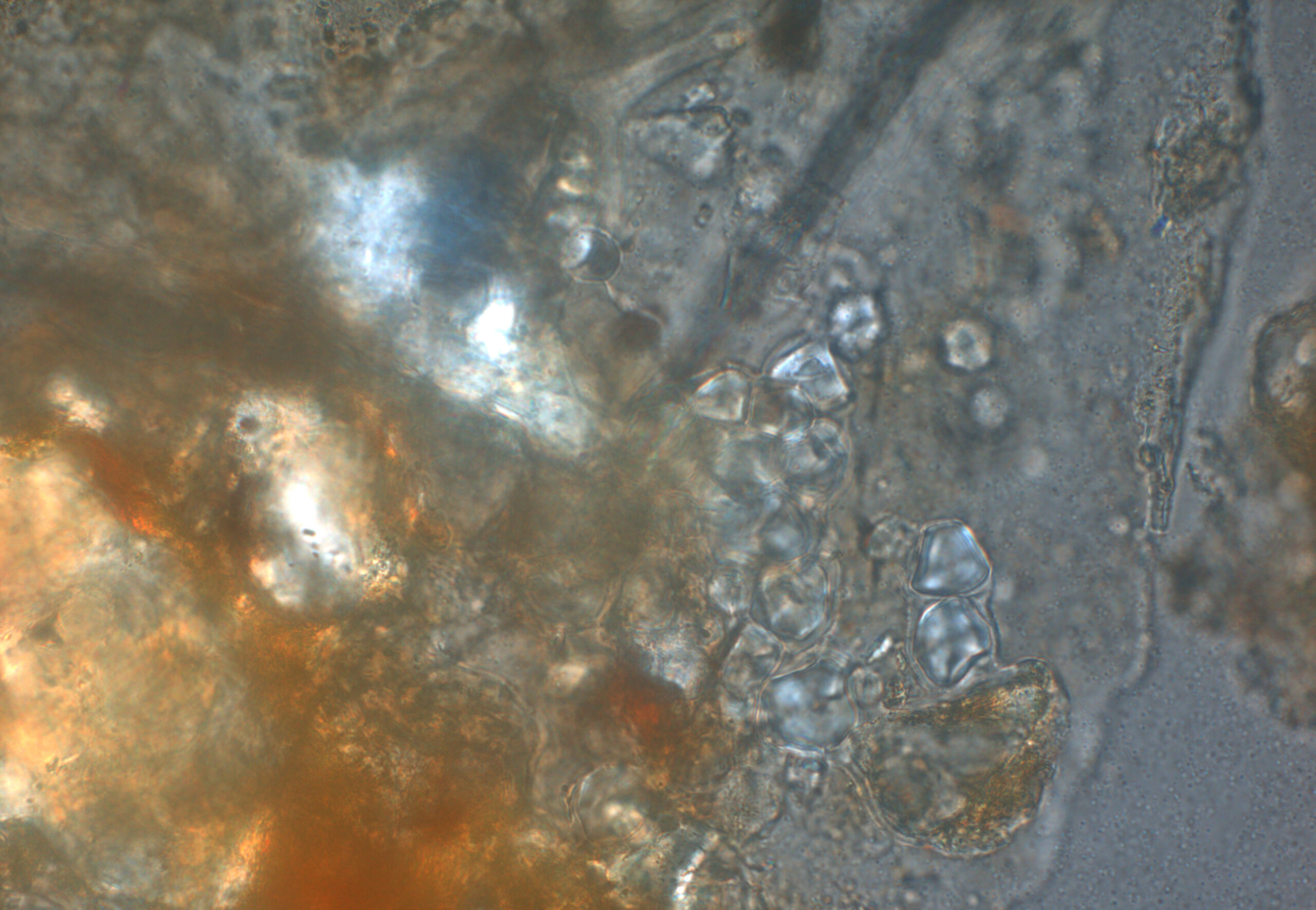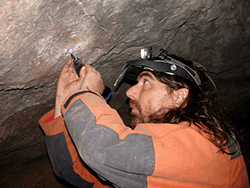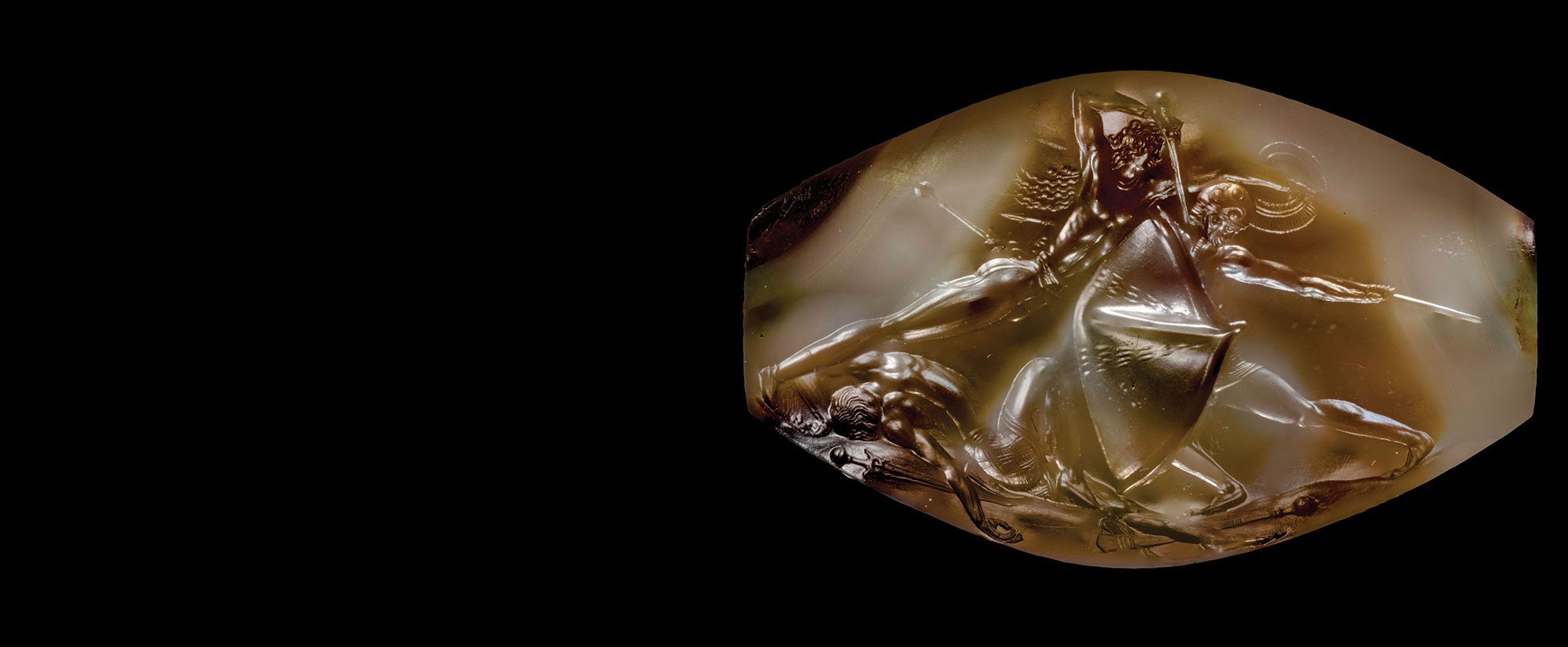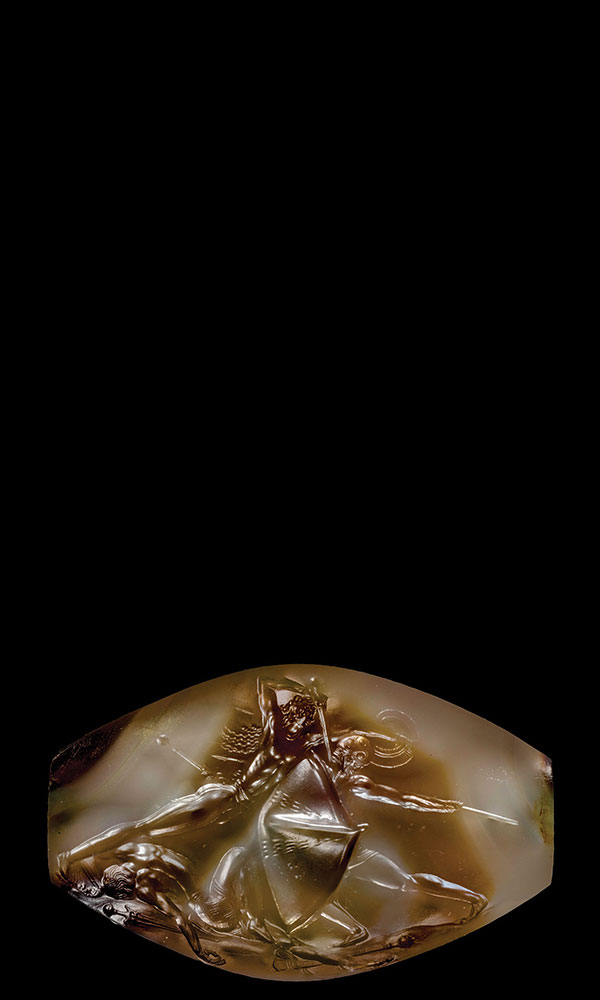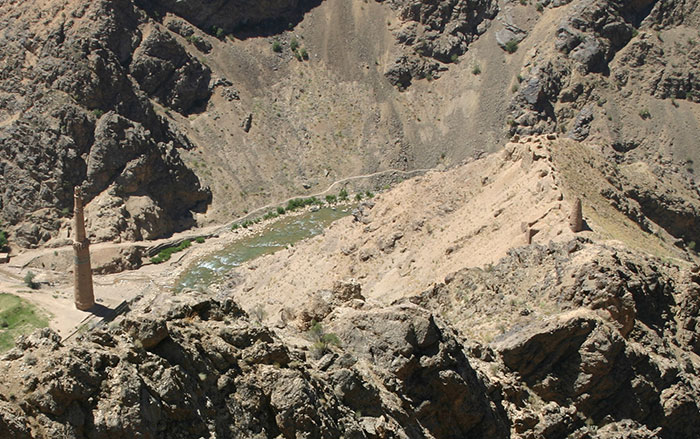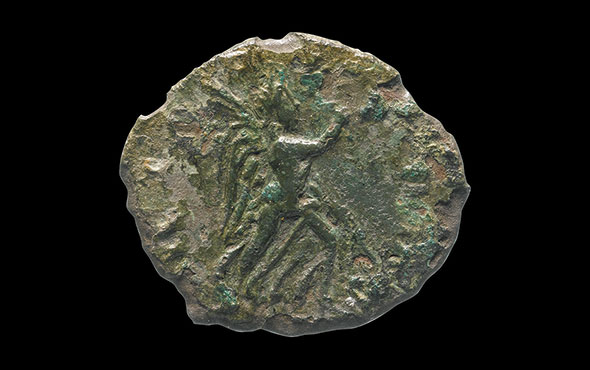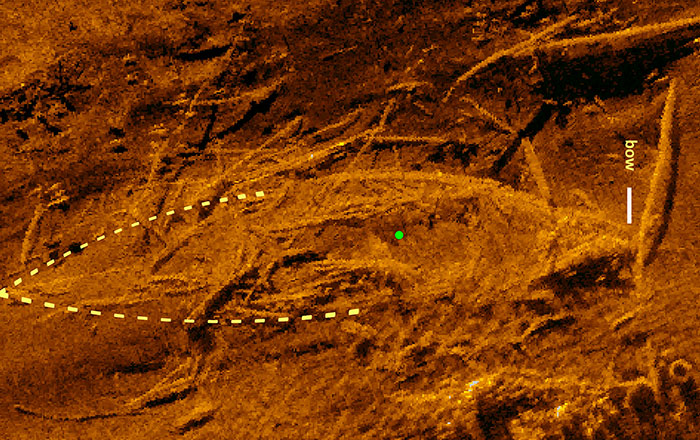
NEW YORK, NEW YORK—The latest round in an ongoing debate over the age and authorship of ancient cave paintings in Spain now revolves around the reliability of a dating technique called U-Th, according to a report in Science News. U-Th, sometimes known as the U-series method, allows researchers to establish the minimum age of cave paintings by dating mineral deposits that have formed on top of them. These deposits contain trace amounts of uranium, which decays to thorium at a steady rate, so the age of the designs can be calculated from the ratio of the two elements. In 2018, a team led by geochronologist Dirk Hoffmann of the Max Planck Institute for Evolutionary Anthropology in Leipzig, Germany, published a minimum date of more than 64,000 years ago for cave paintings at three separate sites in Spain, arguing that, as modern humans are not believed to have entered the region until about 40,000 years ago, the designs must have been made by Neanderthals. The assertion immediately made waves among scholars of cave art. Criticisms leveled at the paper have included questions over the cognitive capacity of Neanderthals to have produced the artwork, and, now, concerns that water running across cave surfaces could have reduced uranium levels in the mineral deposits, making it appear that the uranium had been decaying longer than it actually has. This would mean the Spanish cave art could be tens of thousands of years more recent, and well within the timeframe of modern humans. To read more about Stone Age cave art, go to "The First Artists."


